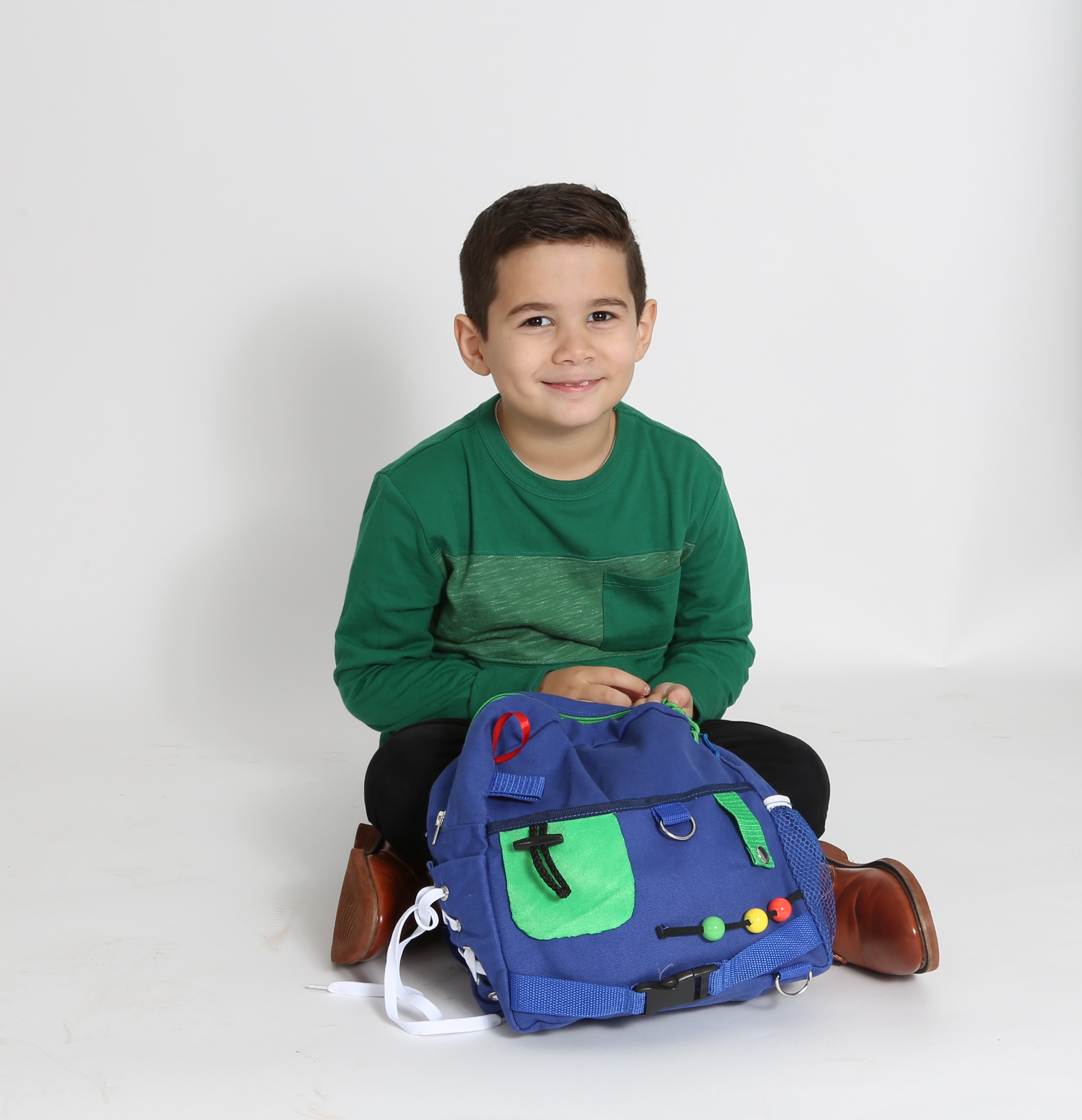Continuing our back-to-school series, this post will talk about tips for both special education and general education teachers who will be working with students with disabilities in an inclusion setting.
Inclusion means bringing students with special needs into the general education setting for as much of the school day as possible. Inclusion is a relatively new concept, as little as twenty years ago most students with disabilities were segregated from their chronological peers in self-contained classrooms exclusively, and as few as ten years previous to that were not served in the same building as non-disabled peers. As time as gone on and we've learned more about how to support students with disabilities, as well as let go of some of our own biases, people who work with individuals with disabilities have worked to make the world more accessible and accepting, especially in the public school system.
Creating a successful inclusion program is very individualized, but there are a few tips which can make the process simpler to manage for all concerned parties.
1. Keep everyone in the loop all the time. Students with disabilities are often served by a team of professionals - teachers, speech therapists, occupational therapists, physical therapists, parents, advocates, special education specialists and administrators. Each team member, as well as (and probably most importantly) the student, has valuable input, ideas and objectives which are easier to meet if everyone works together. When I taught, the general education teachers and I would meet for a minute or two in the morning and afternoon, and we'd compile weekly progress reports that each team member would both contribute to and review.
2. Keep the team invested. The biggest reason an inclusion plan is unsuccessful is when team members either drop the ball or do not believe in a positive outcome. This isn't a blame statement - I completely understand how overworked and under-appreciated educators can be. I know how busy all teachers are, and understand how difficult it is to keep a classroom running smooth. I also understand how hard it can be for teachers to get the training they need and want when working with kids with different needs. That's why it's important for team leaders, be they administrators, case managers or special education teachers to make sure general education teachers have all the tools they need to work with students with special needs. Teacher training programs have begun to address the challenges of teaching an inclusionary classroom, but many veteran teachers received little or not training in special education. A well informed, well trained team is infinitely more likely to provide a successful inclusion plan.
3. Support your team and catch problems when they're small. Part of the team leader's responsibility is to make sure all elements of student's educational program are being met, probably the most important part. However, an often over-looked area is keeping an eye out for burnout and frustration on the part of team members. Even the most patient, most gifted, most open minded teacher in the world can get tired and frustrated - which can lead to difficulties in managing the inclusion program which can then lead to MORE frustration. Keep an eye on all members of a student's team and learn to spot early signs of burnout and offer support.
4. Keep a sense of humor. Inclusion is challenging! It can be like juggling flaming batons one minute and cutting through red tape the next. There will be days when everything you try falls apart and other days when you make so much progress you surprise yourself. Keeping a sense of humor and a positive attitude is the best way to prevent becoming overwhelmed.
5. Keep good records. When challenges do arise, having a great record keeping system will help you pinpoint situations which aren't working and why. Additionally, when the time comes to prepare an annual education plan or even report cards, it will be simple to assemble all the records from all the team members.






















Comments